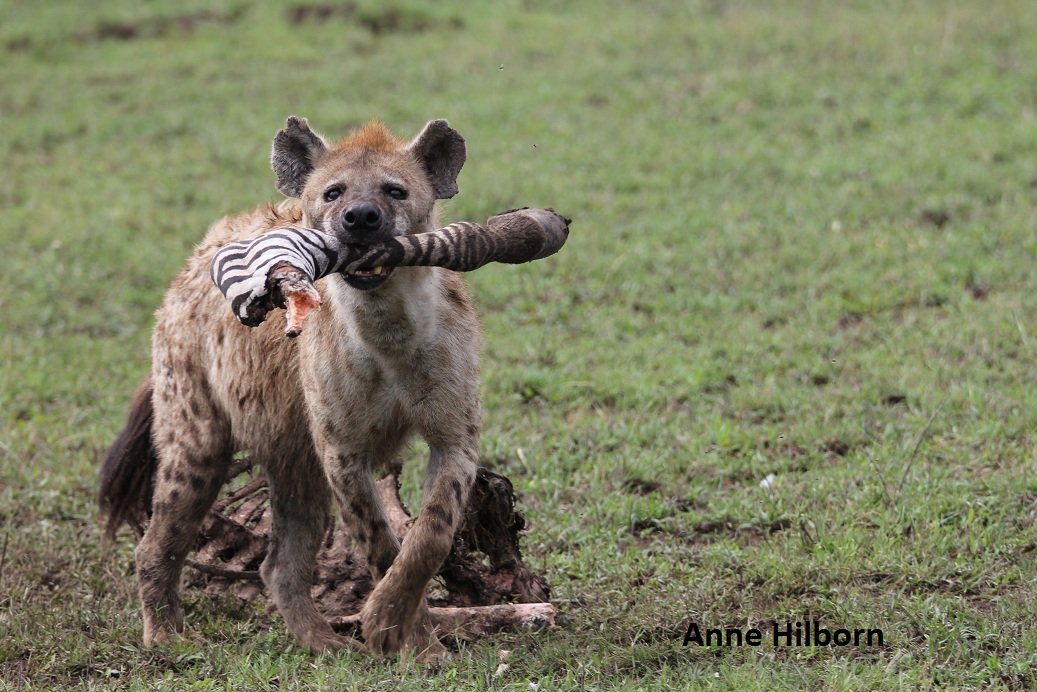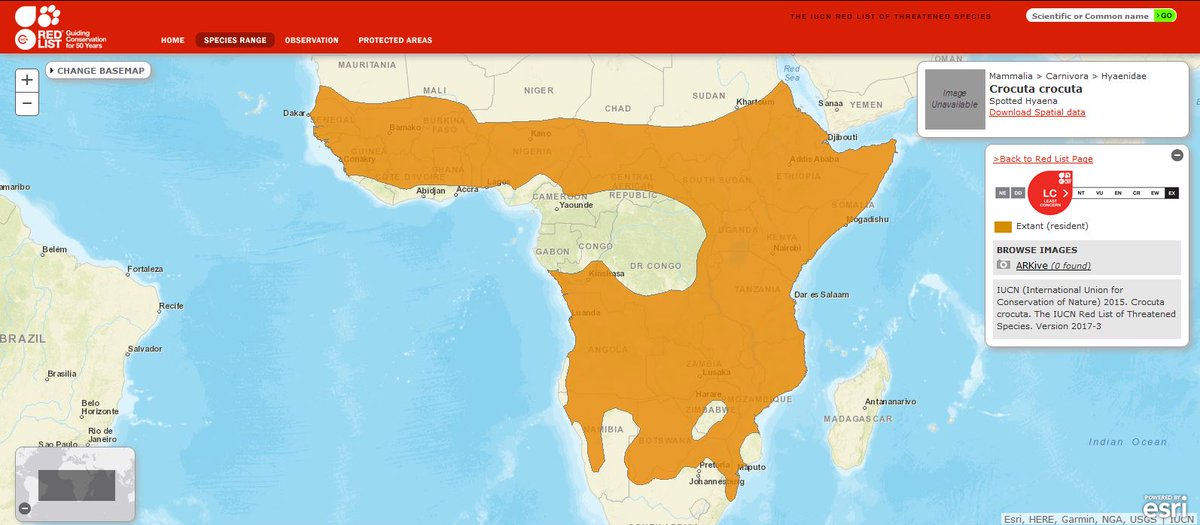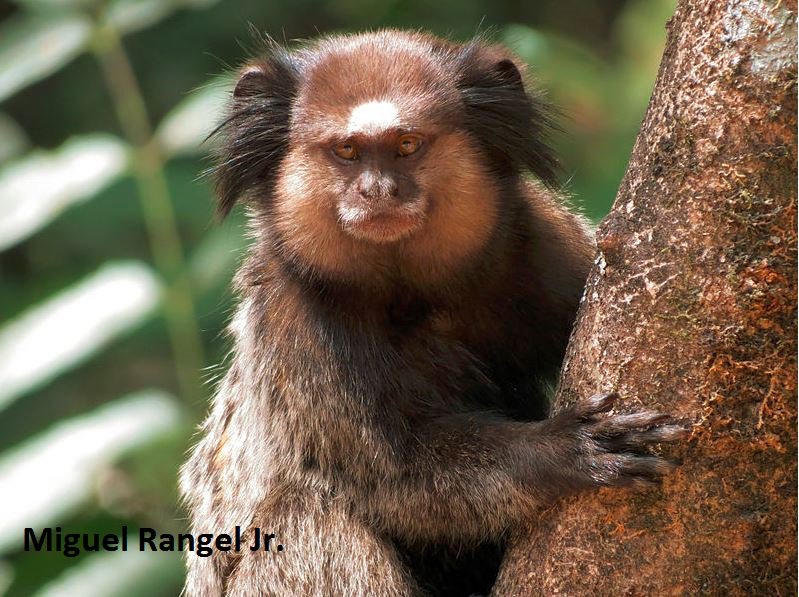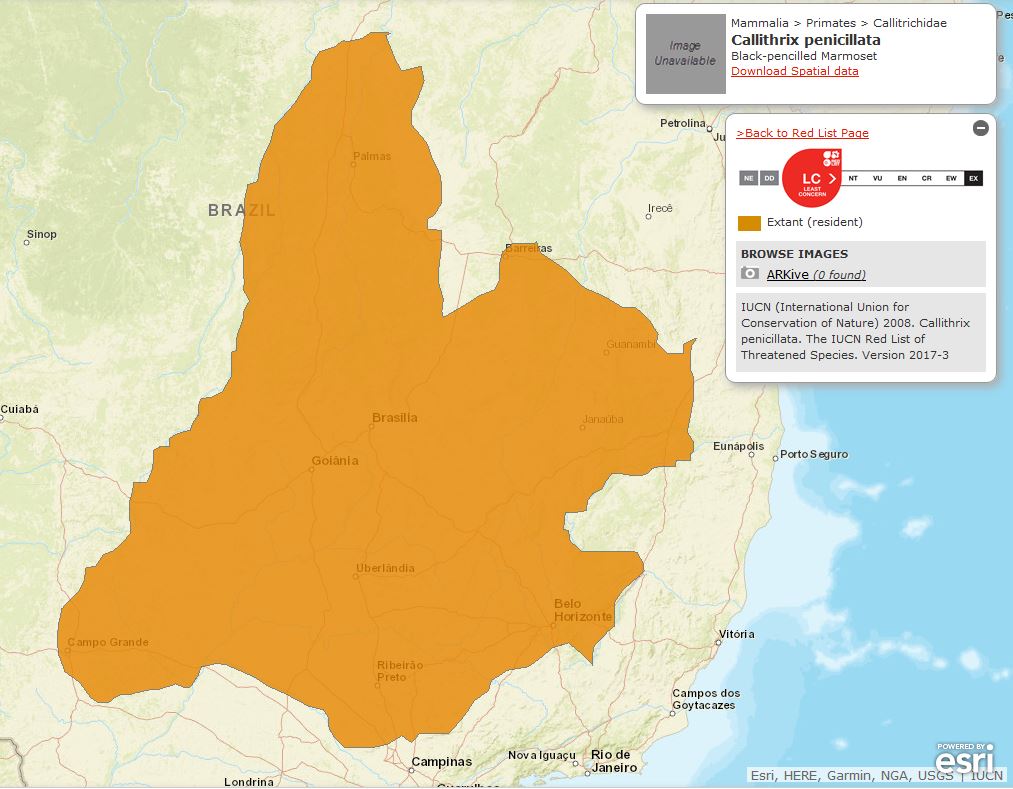NEXT UP: Cheetah (Acinonyx jubatus) vs Fat-tailed Dunnart (Sminthopsis crassicaudata)! #2018MMM
Our battle takes place on the plains of the Serengeti, in Tanzania in East Africa. A mixture of open plains and woodlands, Serengeti National Park covers 15,000 km2, 5,700 square miles, or the area equivalent to millions of flatted stoats. #2018MMM #StoatsAsmeasurement 



The Serengeti ecosystem is a stronghold for cheetahs in Tanzania, and @SerengetiCheeta has been monitoring them there since 1980. They estimate there are about 250-300 in the ecosystem, but that is a rough number since cheetah are hard to count. #2018MMM 





The dunnart is a wee marsupial adapted for extreme environments in Australia, so is finding the Serengeti quite pleasant thank you very much. No need to enter torpor i.e dropping body temp in order to conserve energy during cold winter nights #2018MMM
iucnredlist.org/details/40541/0

iucnredlist.org/details/40541/0


Nor does the dunnart need to huddle in a nest with house mice in order to keep warm like it does during the chilly Australian nights, or bask in the sun to rewarm from 17 degrees C to their normal 35 degree body temperature after being in torpor. #2018MMM
academic.oup.com/jmammal/articl…
academic.oup.com/jmammal/articl…
According to timetree.org, it is most likely that cheetahs and dunnarts last shared a common ancestor about 160 million years ago during the Mesozoic Era.
The non torpid dunnart scuttles around the Serengeti plains, feasting on dung beetles that are cleaning up all the poop from the million wildebeest and zebra that have arrived on the short grass plains after a long migration from the northern part of the ecosystem. #2018MMM 



There's lots of water too, but being adapted to the arid environments, the dunnart doesn’t need to drink. She does need to eat as she plans to store as much fat as possible in her tail until it swells to full carrot shaped tumescence and she's back to a plumptious 20 g #2018MMM
Nearby a handsome male cheetah is surveying the landscape. He is a prime aged 3 year old, 120 lbs of muscle and bone, beautifully sculpted for speed. A researcher (let’s call her “Anne”) is following him in hopes that he will hunt and she can get some data for her PhD 

Anne estimates that he has a size 6 belly, and therefore is hungry enough to hunt. (see this guide of cheetah fatness) twitter.com/i/moments/8664…
She waited all day for action, and in late afternoon he finally got up, pissed on a tree to mark his territory, and ambled away #2018MMM
She waited all day for action, and in late afternoon he finally got up, pissed on a tree to mark his territory, and ambled away #2018MMM

The cheetah comes across the dunnart who is chewing on a dung beetle. In Australia she avoids dingos, as well as the feral cats and foxes which decimate native marsupial populations. But here she is out of her element and the cheetah is 90lbs heavier than a dingo #2018MMM
The cheetah doesn’t need to reach top speed of 64 mph to catch such puny prey. He pounces, and the dunnart scrabbles wildly to free herself from the cheetah’s nonretractable claws.
But like they grip the earth when he sprints, they grip her
#2018MM
onlinelibrary.wiley.com/doi/10.1111/j.…
But like they grip the earth when he sprints, they grip her
#2018MM
onlinelibrary.wiley.com/doi/10.1111/j.…
The dunnart makes a massive wiggle for freedom, but the cheetah snatches her with his mouth. Some squashy chewing, and the wriggling stops. A swallow, and the cheetah washes a leftover bit of tail off of his face with a paw, and continues on his way. #2018MMM 

Anne puts down her binoculars, records the cheetah's GPS location as both the end of the chase and where the kill happened, notes that his belly size has not increased after eating, and starts up the Landrover to continue following the cheetah until nightfall. #2018MMM
CHEETAH CHOMPS FAT-TAILED DUNNART! #2018MMM
Dunnarts have been accused of treating house mice like edible space heaters-eating them when not in need of their heat. The Dunnart Lobby points out that this was in the lab and they had been starved. They challenge us not to eat our bedmate in the direst ends of need. #2018MMM 

However indigenous knowledge confirms that when the ‘mouse plagues’ of the early 1930s happened in south Australia, dunnarts turned to eating this ample food source. Finlayson (1933) #2018MMM
• • •
Missing some Tweet in this thread? You can try to
force a refresh













